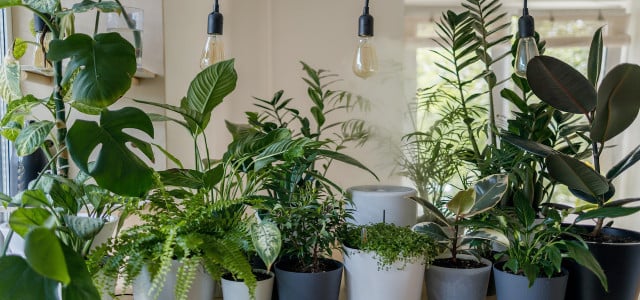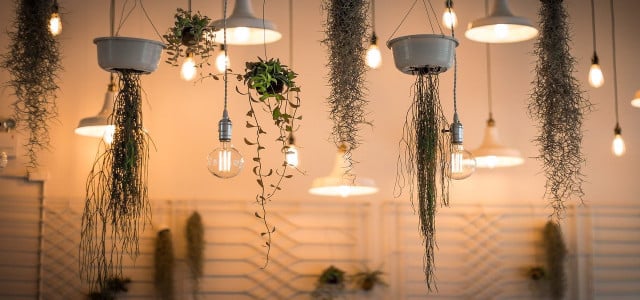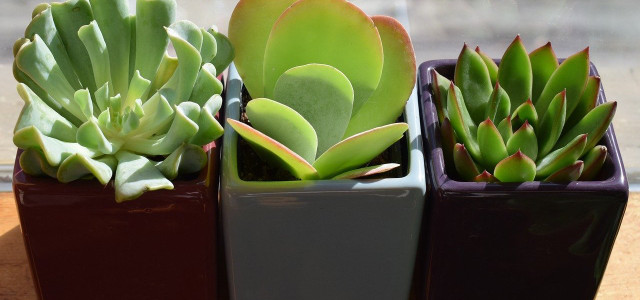Houseplants make a great addition to any room, though certain varieties can be toxic to pets. We’ve put together a list of houseplants that are safe for cats, dogs, and any other pets you may have.
One of the best ways to bring life to any room is the addition of a houseplant…or six! Plants add color to a space, and certain varieties also have air-purifying properties. Many different kinds of plants do well indoors, but some are toxic if consumed, so it’s best to steer clear of those varieties if you have pets. We’ll look at several varieties of houseplants that are safe for cats and dogs.
Having a pet-friendly home is about more than just access to the outdoors and a comfortable sleeping space; it’s about creating an environment that is safe. This can get a bit difficult if you have a home full of houseplants you adore, and then decide to get a cat or dog. If your pet starts eating the plant (which many of them are likely to do), there can be some dire consequences depending on the variety. We’ll show you how to choose the right houseplants so you can ensure that your home is as pet-friendly as it can possibly be.
Tip: For cat owners, one of the best cat-friendly houseplants is cat grass!
13 Houseplant Varieties That Are Safe for Cats and Dogs
If you’re looking for houseplants that are safe for cats and dogs and are worried you won’t be able to get much variety, you’re mistaken. There is a great selection of dog- and cat-friendly houseplants out there.
1. Air Plants (Tillandsia)
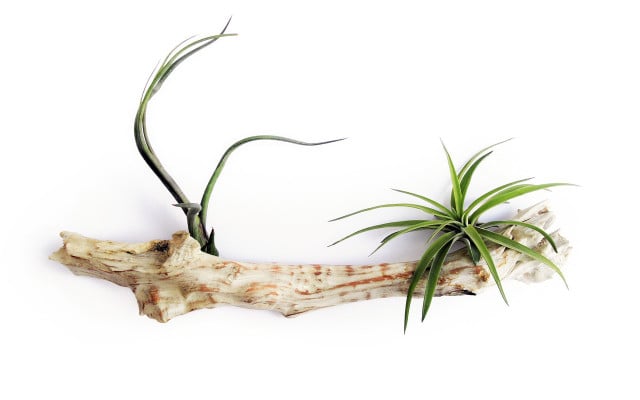
Air plants are tropical plants, native to rainforests and places with high humidity. Although they are called air plants, they cannot live on air alone and do need to be watered (soaked) about once a week. What makes these great houseplants pet-friendly is that they don’t require soil, which means they can be kept suspended in the air and out of reach of your pets. Place them in a spot that gets filtered sunlight – they’ll wither and die if there’s no light. They also make great terrarium plants!
2. African Violets (Saintpaulia)
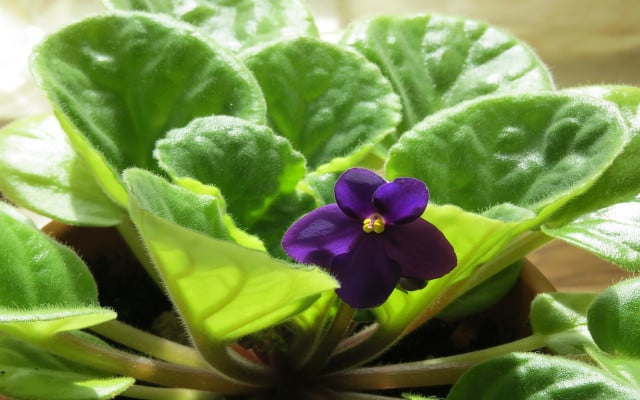


This cat-friendly houseplant is typically associated with old ladies and has a reputation for being a very picky and difficult houseplant to keep alive. However, if you’re looking for a flowering houseplant that is safe for cats and dogs, African violets fit the bill. Place them in a spot that gets bright to medium indirect sunlight, and bottom water only. To keep them blooming, you can fertilize during the summer months and dead-head as needed.
3. Boston Fern (Nephrolepis exaltata)
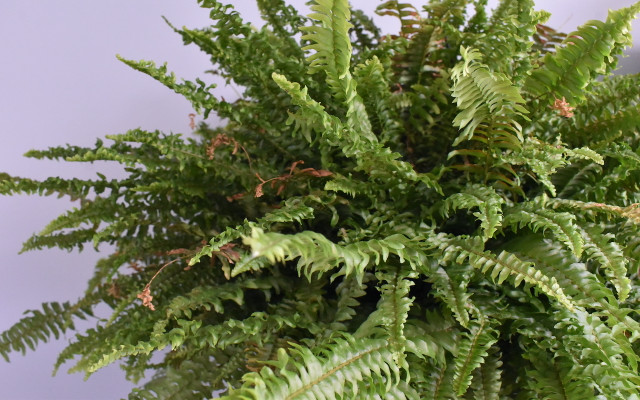


Several types of ferns are actually quite toxic for pets, but you can place a Boston fern in your home without any problems. Ferns love humid environments and low, filtered light. Don’t place this one anywhere near direct sunlight, or the tips of its fronds will burn. Cats will love pouncing at this houseplant, just be sure to keep your fern away from any potential drafts or heating vents.
4. Bromeliad (Bromeliaceae genera)
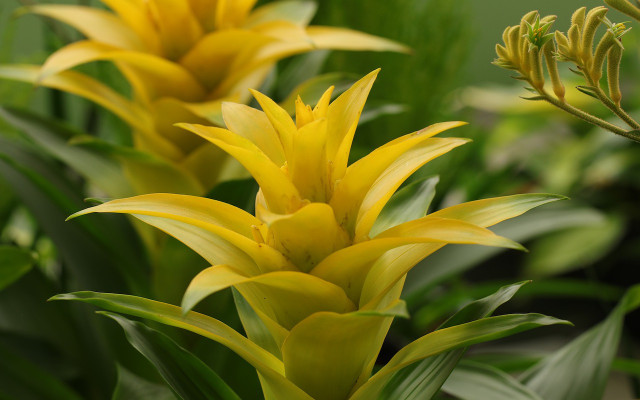


If you’re looking for a splash of color, you and your pet will love the bromeliad. Their unique blooms make them seem like they’d be a high-maintenance houseplant, but they’re really quite the opposite. Bromeliads need medium to bright light to keep them growing indoors, and they prefer shallow containers with lighter soil.
5. Bird’s Nest Fern (Asplenium nidus)
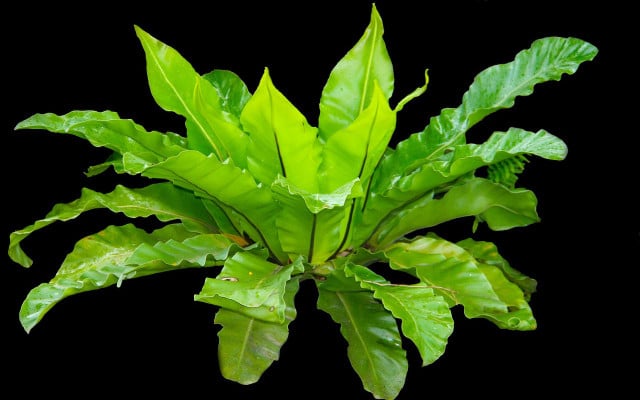


The bird’s nest fern is another pet-friendly fern variety. Like the majority of ferns, you’ll want to keep this one out of direct sunlight to avoid burning the tips. They make an ideal bathroom plant because they thrive on the humidity created by the shower or tub. The only thing to watch out for with your pet is that they don’t damage the new leaves as they emerge from the center of the plant; it won’t harm your pet, but it’ll certainly harm your plant!
6. Gerbera Daisy (Gerbera jamesonii)
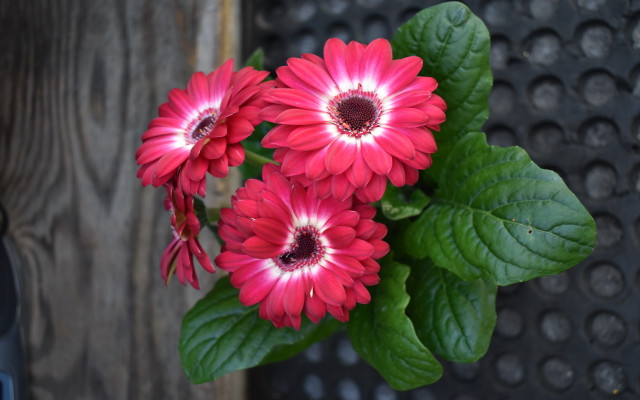


Those who have Gerbera daisies in their homes love them to bits. Their bright and cheery blooms add color to any room. In order to keep them blooming, you’ll need to put them in a place with very bright, indirect sun, and make sure to fertilize them during growing season. It’s important to repot them if you notice that your Gerbera daisies are getting leggy.
7. Nerve Plant (Fittonia)
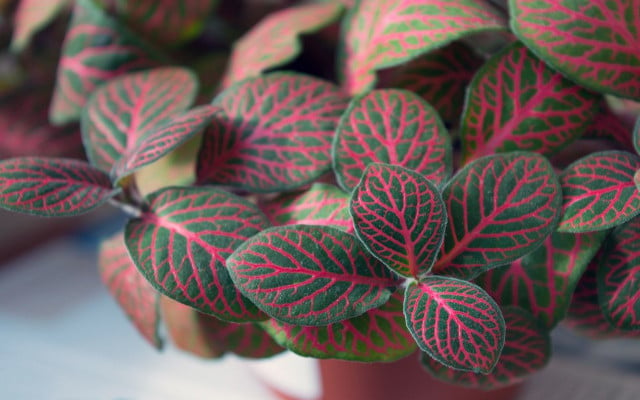


The nerve plant is accurately named because it easily gets on plant lovers’ nerves. Although it is a gorgeous houseplant that is safe for cats and dogs, it is incredibly high maintenance and needs very specific conditions to thrive. Nerve plants need to be kept constantly moist and in levels of relatively high humidity, so you may want to consider a terrarium. In terms of light, nerve plants prefer bright, indirect sunlight. There are several varieties available, including green leaves with silver veins or those with red veins.
8. Parlor Palm (Chamaedorea elegans)
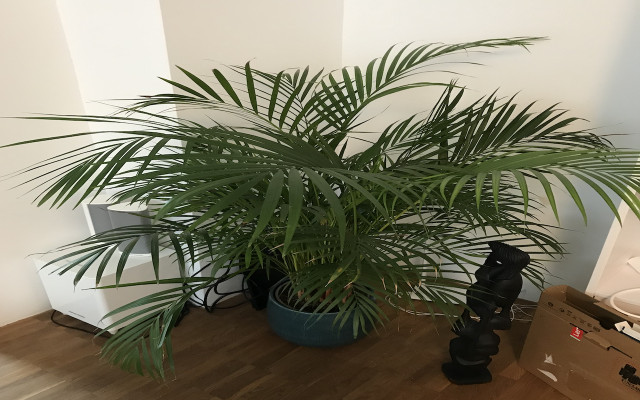


This cat-friendly houseplant can be quite the showstopper. Under the right conditions, the parlor palm can grow up to six feet tall. They prefer to be kept moderately moist, and in a place that receives bright, indirect sunlight. Be careful not to overwater, and keep up with repotting if you want a tall plant. You will want to watch out for aphids, as this indoor variety is susceptible to these annoying plant pests.
9. Pilea (Pilea spp.)
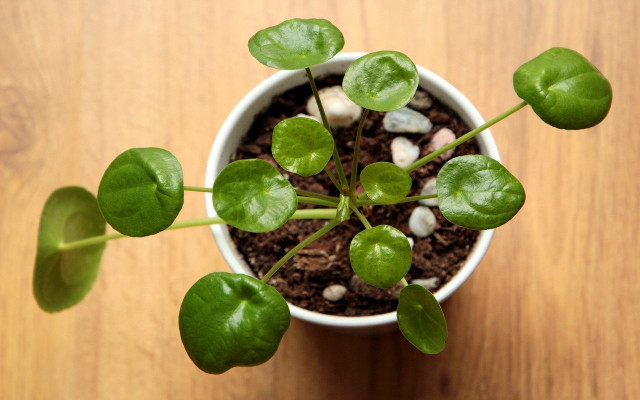


Here’s another pet-friendly houseplant for the beginners out there. Pileas are relatively forgiving and low-maintenance plants. The legginess is part of this houseplant’s charm, so if you want a picture-perfect plant to place in your home, you may want to skip this unique little guy. Place on a windowsill with bright, indirect sunlight, and be sure to rotate it a few times a week, otherwise, it will definitely grow lopsided.
10. Polka Dot Plant (Hypoestes phyllostachya)
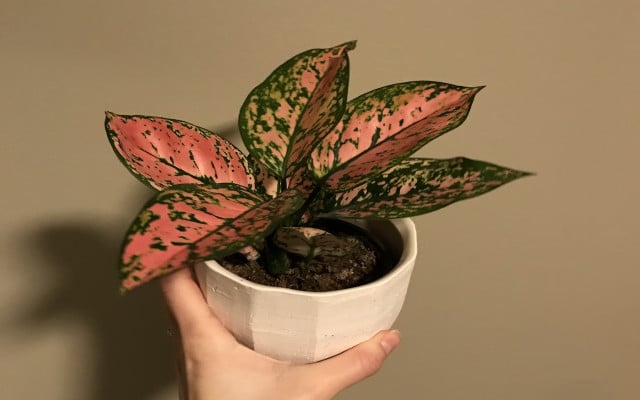


In order to maintain the characteristic color of a polka dot plant, you’ll want to place it in bright, indirect sun. Too much light will cause the colors to fade, as will too little. Certain varieties have more pronounced polka dots, while others tend to just have multicolored leaves. This houseplant is safe for cats and dogs, and makes a stunning addition to any room. Keep an eye on the soil, as these plants prefer to be kept relatively moist, but don’t overwater or you might end up with moldy soil.
11. Prayer Plant (Calathea)
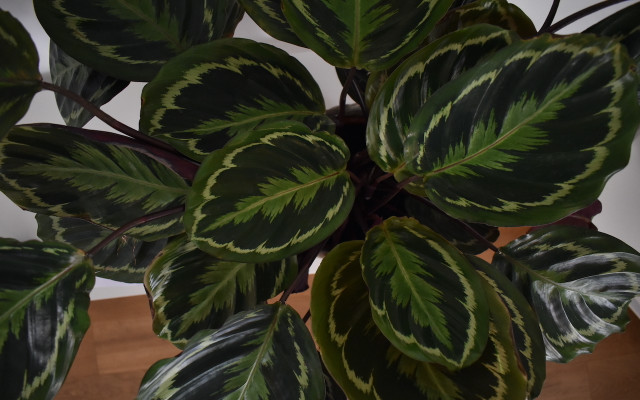


You don’t need to get a flowering plant if you want to add some color to your home. Calatheas are a relatively easy, but stunning pet-friendly houseplant. They don’t require much light, but make sure you put them in a spot that does get some indirect sun and go easy on the water. You and your pets will enjoy watching the leaves fold up at night and open back up again in the morning.
12. Spider Plant (Chlorophytum comosum)



Although you can place spider plants nearly anywhere in your home and achieve good results, hanging them or placing them on a high shelf will really highlight their beauty. The long, slender white and green leaves cascade down and make an eye-catching feature in any room. You’ll need to keep on top of watering, but that’s the most maintenance this cat-friendly houseplant will need. Spider plants are known for shooting off pups which can be easily propagated, and if you’re lucky, you might even get to see it bloom.
13. Watermelon Peperomia (Peperomia argyreia)
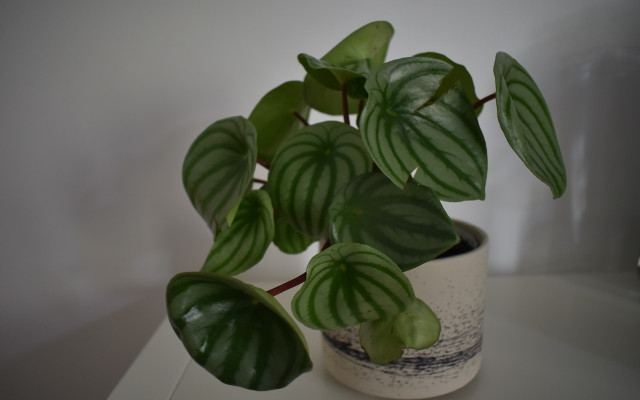


This houseplant is definitely safe for cats and dogs, which is a relief because with leaves that look like watermelons, your pets may be trying to have a taste. You’ll want to place it in a bright space with indirect light for optimal growing conditions. They require fairly regular watering, but you’ll want to be careful not to overwater, otherwise, the watermelon peperomia is susceptible to rotting. This pet-friendly houseplant is easy to propagate, so you can share it with all your friends and family.
Buying Plants Sustainably
Houseplants have become increasingly popular in the past few years, to the point where there are now plant influencers on social media. However, just because plants are plants doesn’t mean they come from a sustainable background. In order to make your plant-buying experience more green, consider the following:
- Buy from small, local businesses where you can ask about their sustainability practices. Places like family-owned garden centers or small businesses on Etsy are a good place to start.
- Purchase plants from local growers. Some greenhouses actually do have plants available for retail, so it’s worth asking around.
- Swap plants within your community. Many houseplants are easy to propagate – simply ask around to see if anyone has a cutting of a plant you want in exchange for a cutting from one of your plants.
Do you like this post?






